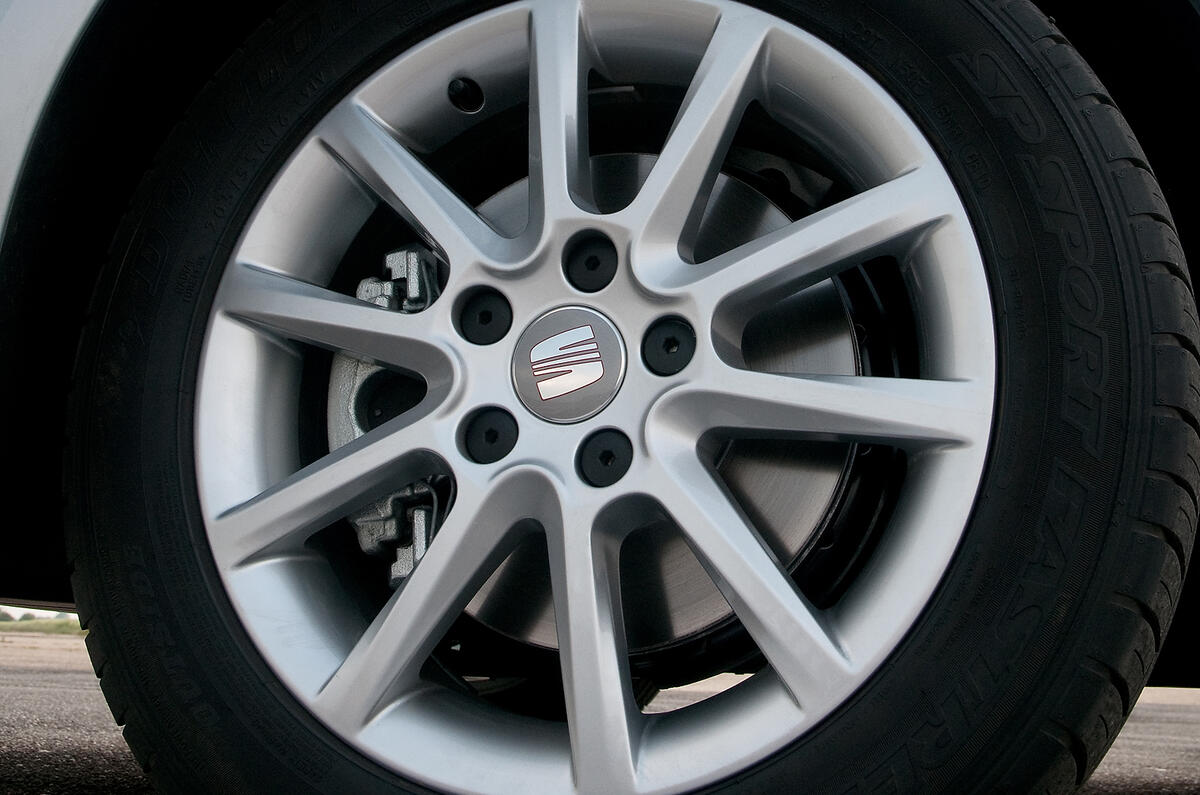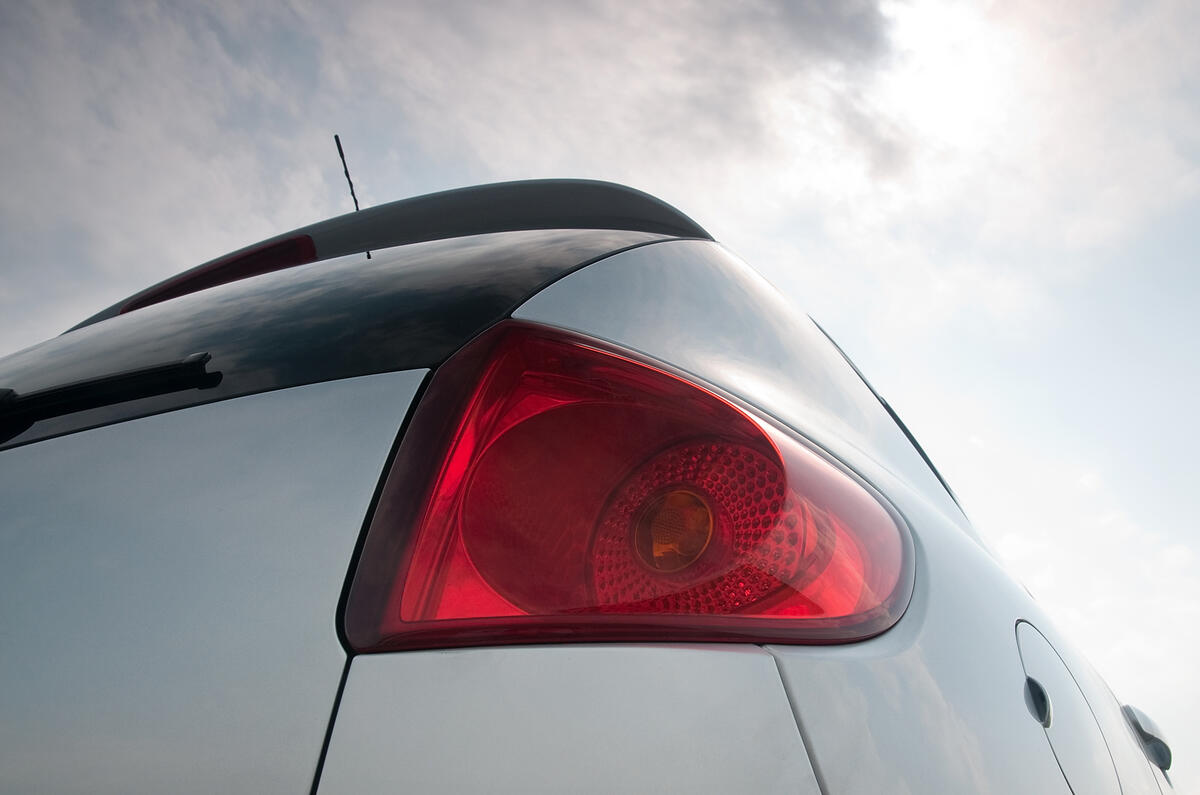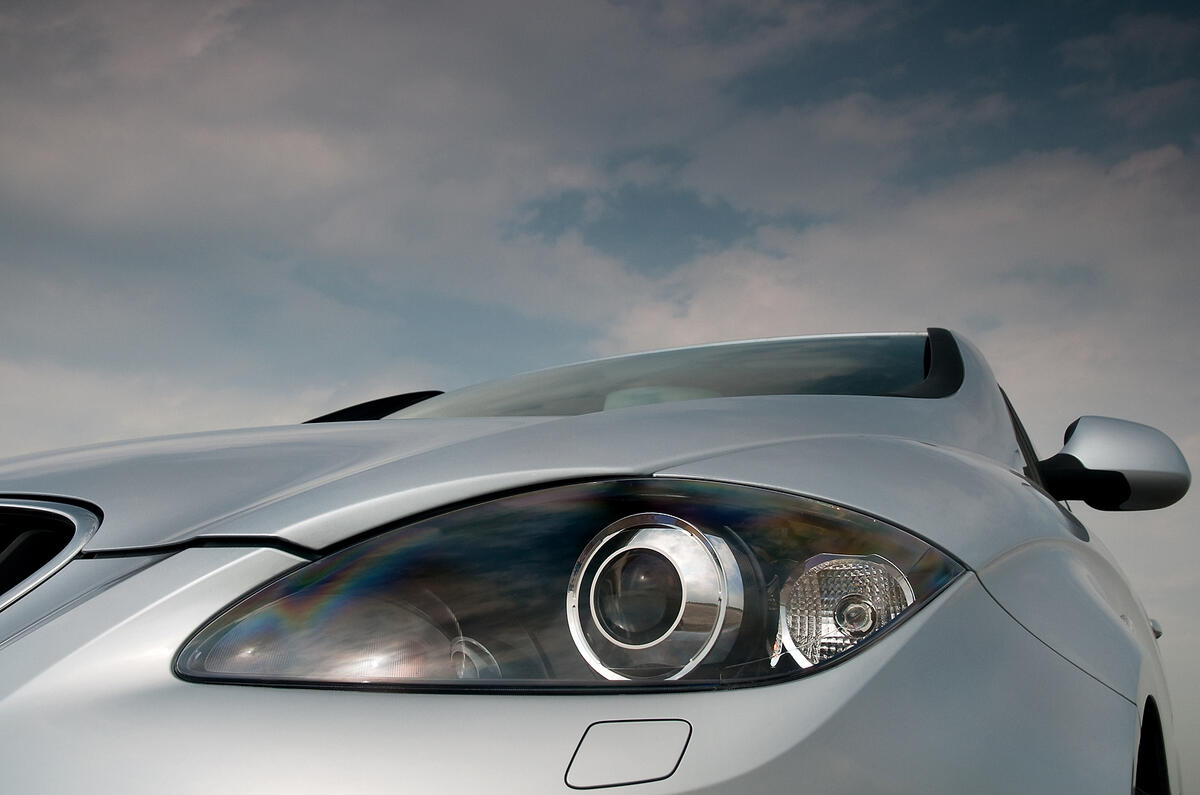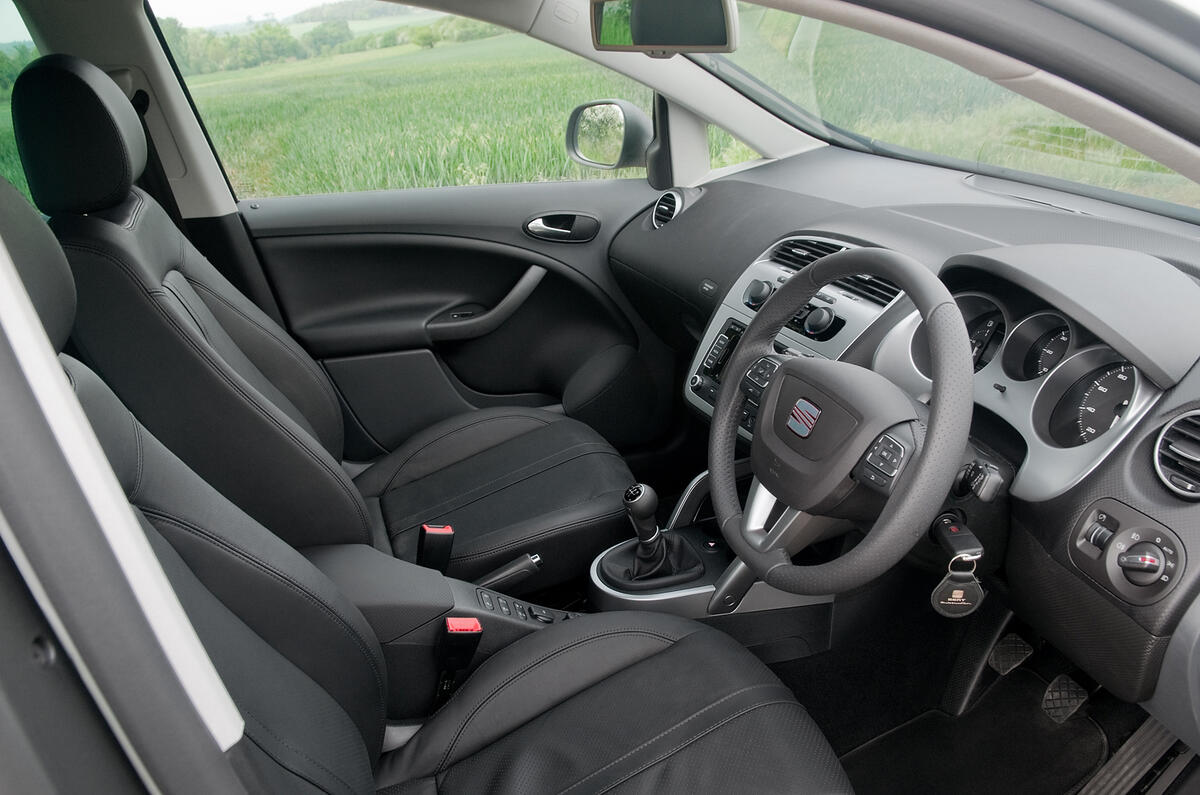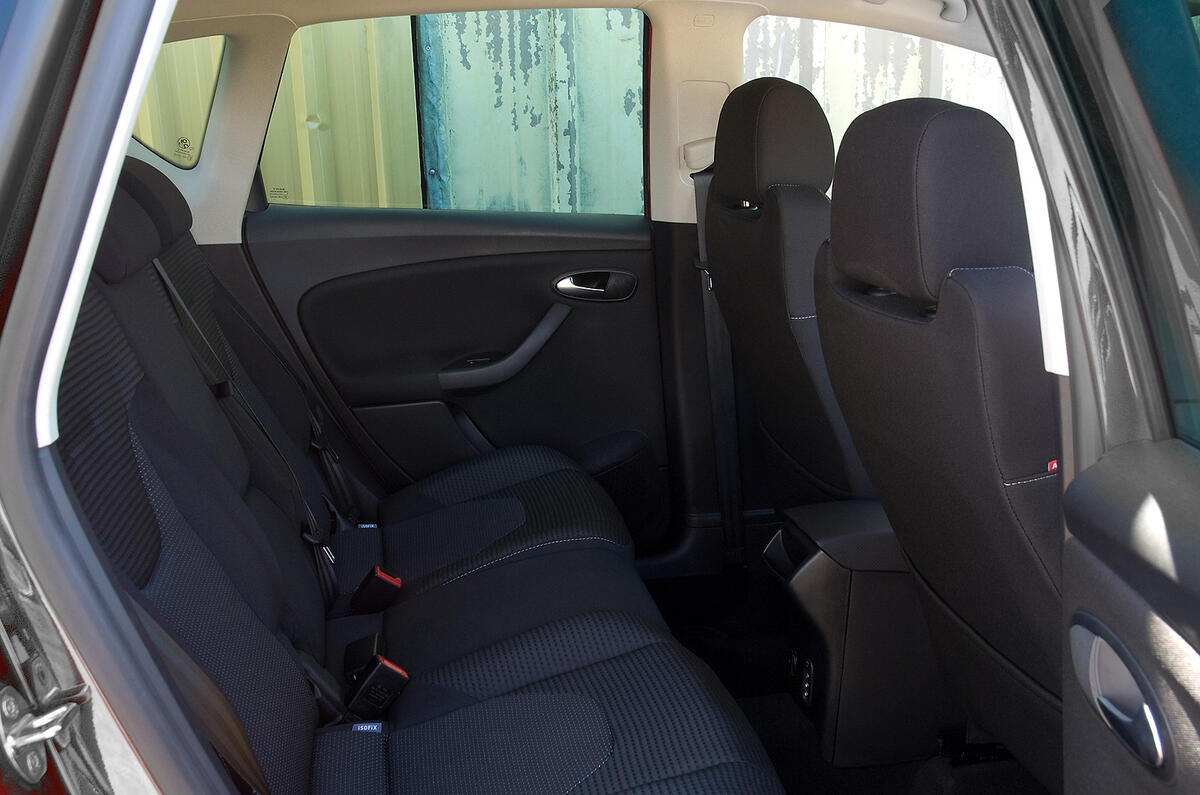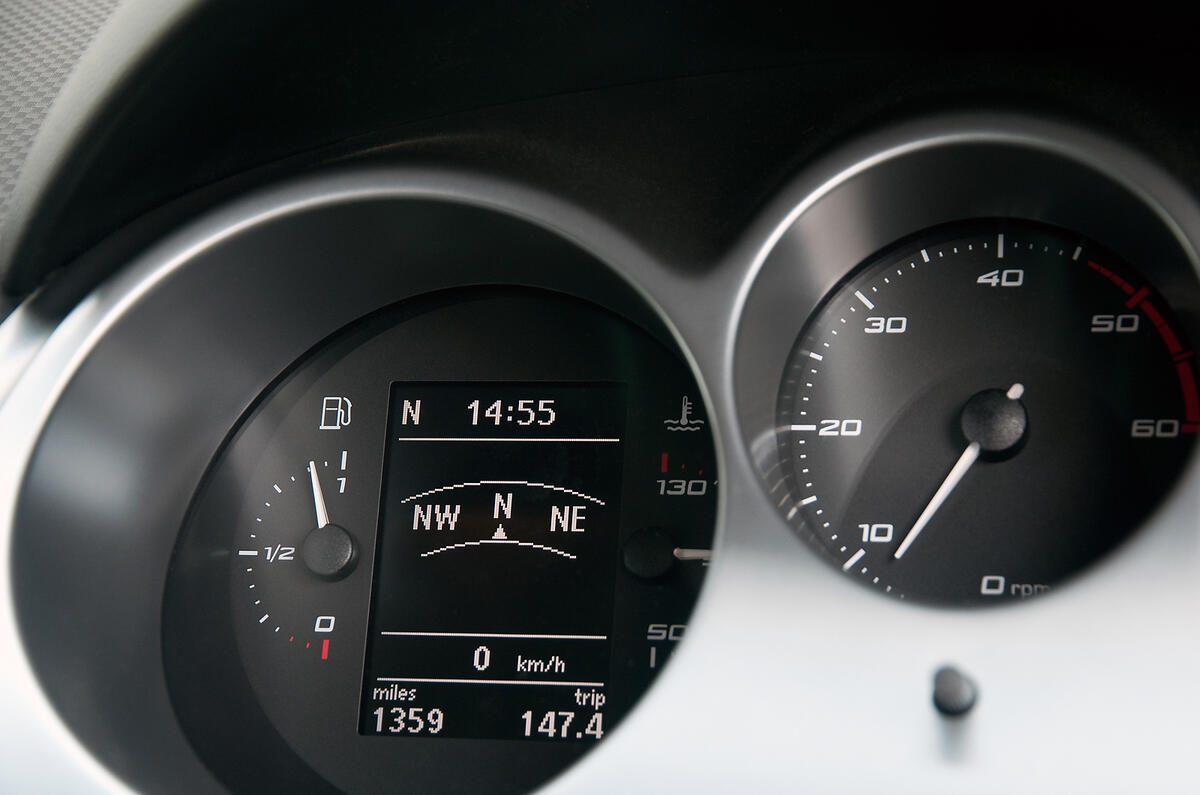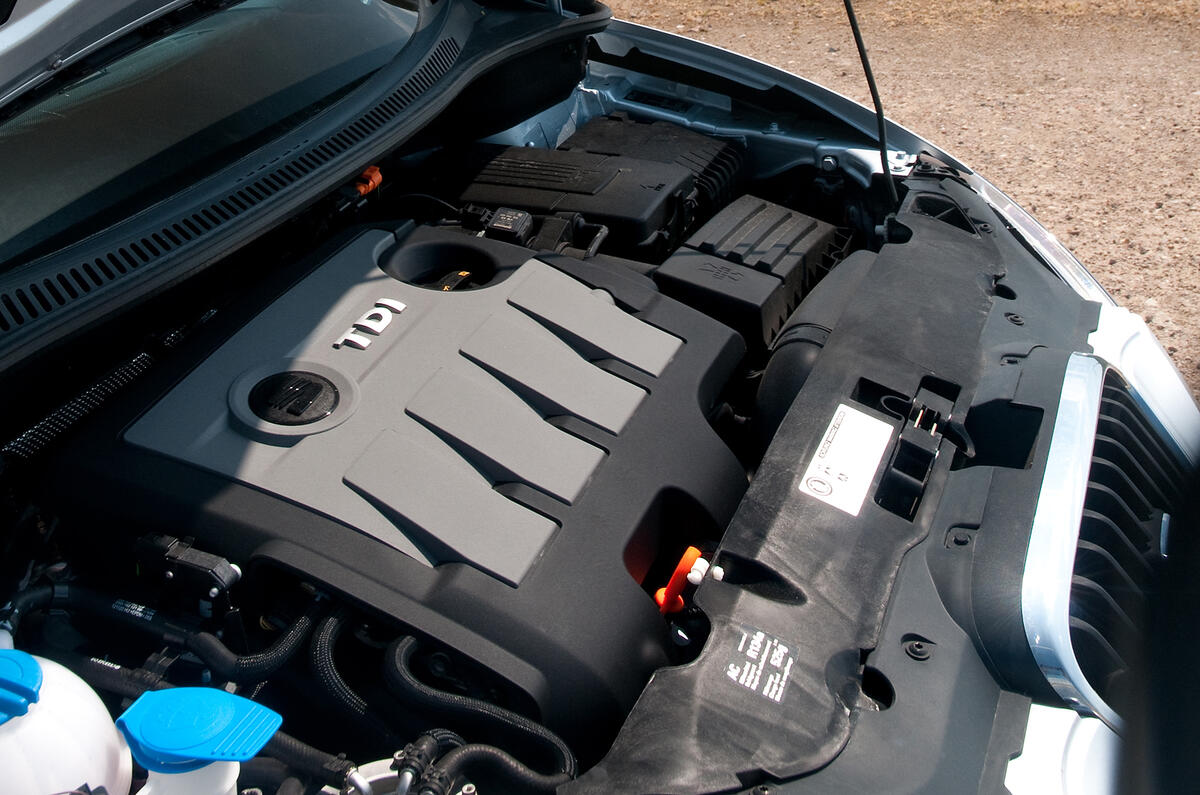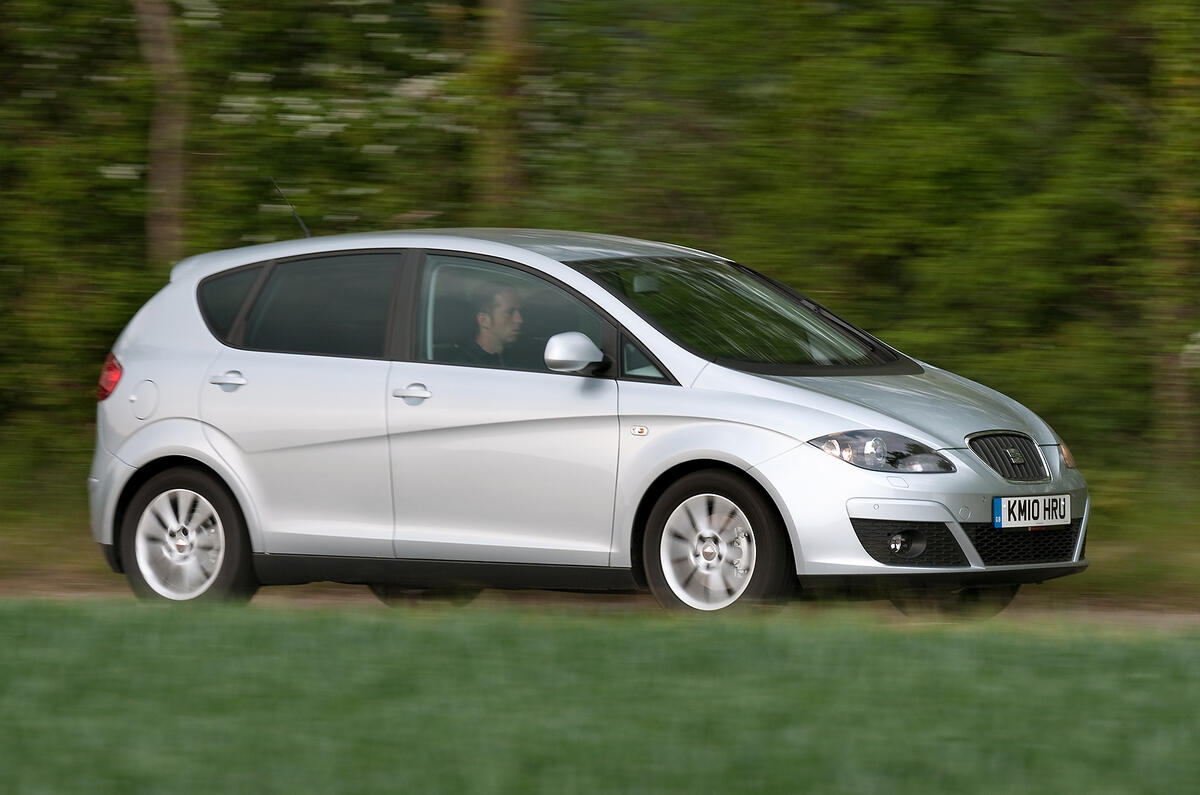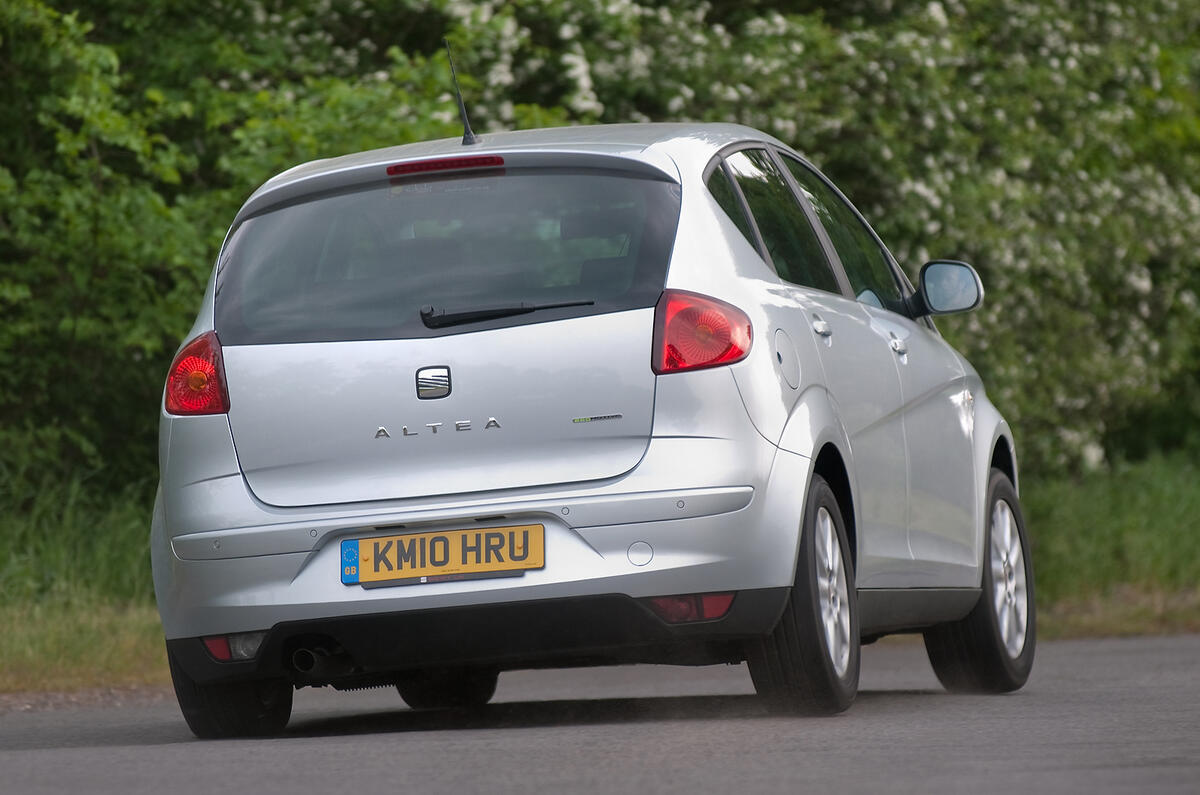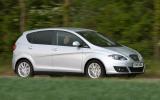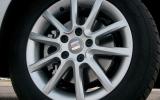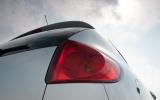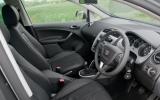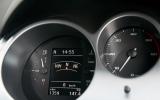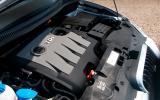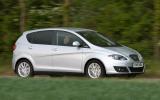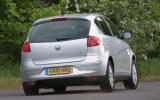The Seat Altea may be getting on a bit now, unveiled in 2003 and able to trace its roots right back to the Salsa concept car from the 2000 Geneva show, but that doesn’t mean it’s any less relevant. Even the introduction of the excellent Alhambra full-size MPV doesn’t detract from this car’s appeal.
Much like the Renault Scenic which started the compact MPV craze, the Altea is available in both standard and XL variants – though unlike its rival the larger Altea still only has five seats. Instead it simply offers much more boot space – 123-litres extra in fact. It’s could be seen as a strange decision, but in reality not many compact MPV’s are employed to transport more than four passengers regularly, and customers with busy lifestyles will appreciate the extra room for luggage.
As part of the Volkswagen group Seat has somewhat lost its direction in recent years, but the Altea was conceived at a time when the Spanish brand was destined to be the youthful and sporty arm of the organisation. And it shows in the styling of the Altea, both inside and out, sharing plenty of its DNA with the smaller Leon model
Admittedly it’s not quite as flexible as some of its rivals on the inside –only having five seats does hamper it somewhat - but a wide range of excellent engines and low running costs ensure that despite the advancing years the Altea still has plenty of appeal.
used Seat Altea 2004-2015 cars for sale




